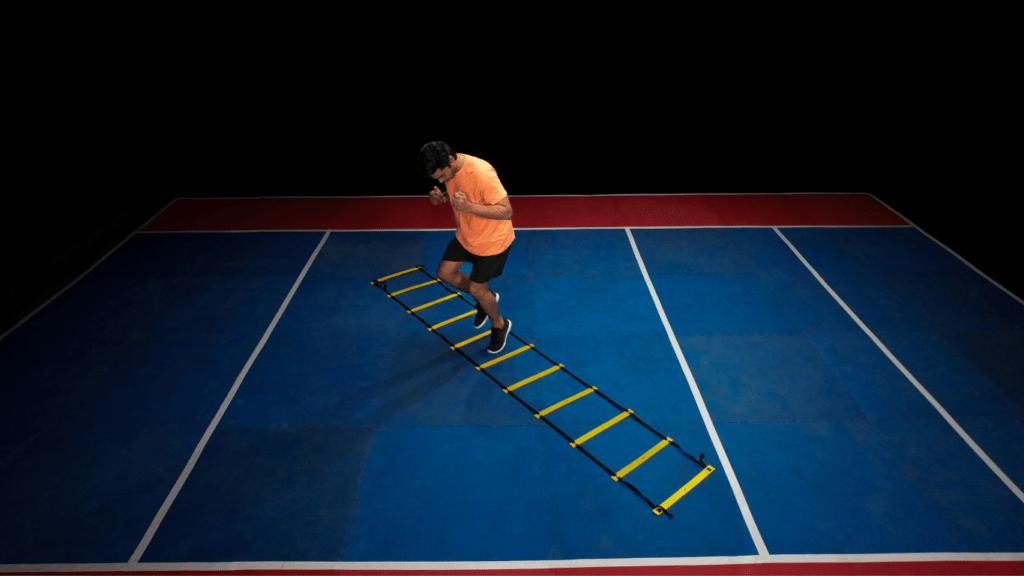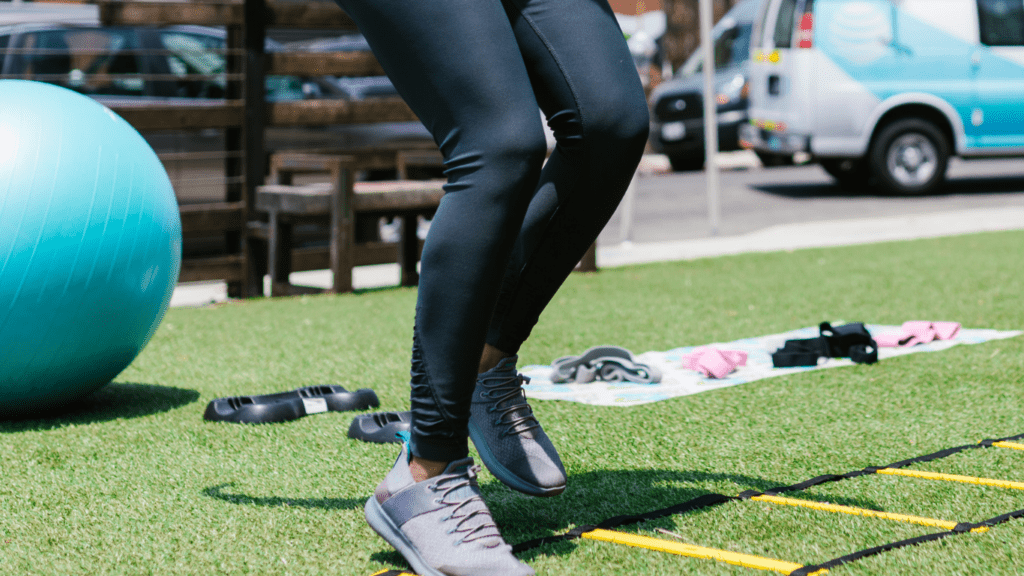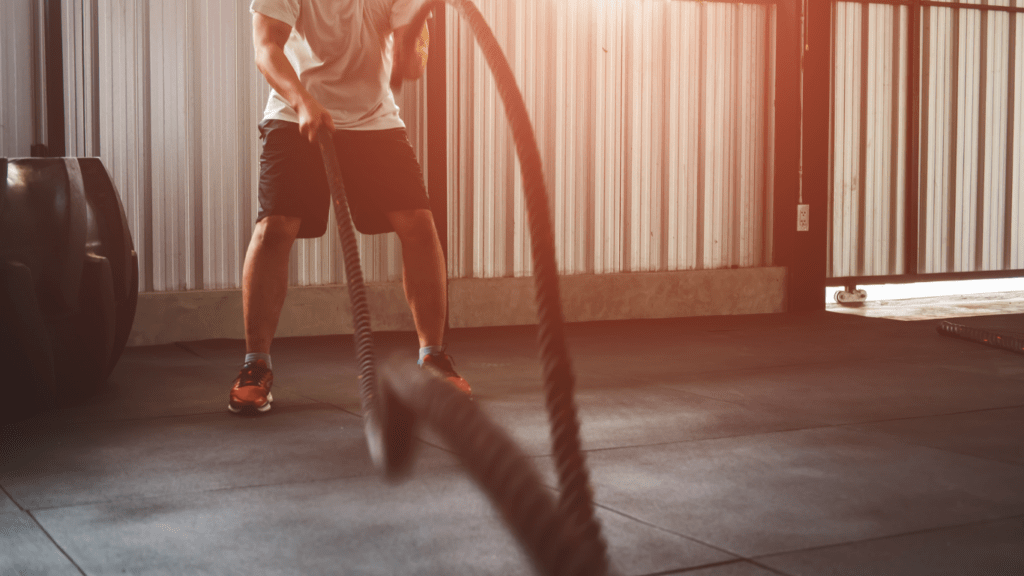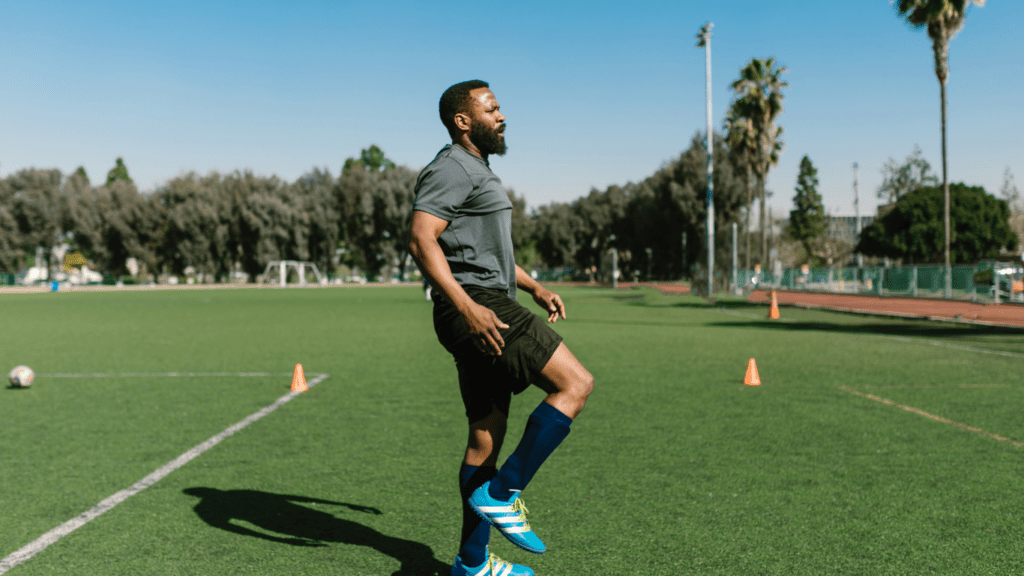When it comes to excelling in sports, speed and agility are game-changers. I’ve seen firsthand how the right drills can transform an athlete’s performance on the field or court. Whether you’re a seasoned player or just starting out, incorporating targeted exercises can make all the difference in your game.
Importance of Speed and Agility in Sports
Speed and agility directly impact an athlete’s performance in competition. Quickness allows for faster reactions to game situations. Enhanced agility promotes better movement control, essential in sports like basketball and soccer.
Athletes with superior speed can close gaps and evade defenders effectively. For instance, a sprinter’s burst off the starting block relies heavily on speed. Similarly, a soccer forward uses speed to break through the defense.
Agility complements speed by enabling rapid directional changes. An agile player can navigate tight spaces, creating opportunities that a slower player might miss. In football, a running back’s ability to zigzag past tacklers often determines successful plays.
Training specifically for speed and agility takes precedence in athletic development. Drills that focus on sprinting, footwork, and balance yield measurable performance improvements. Research shows a 10% increase in game performance correlates with a dedicated agility training program.
Prioritizing speed and agility leads to tangible benefits in competitive sports. Focusing on these elements enhances an athlete’s ability to execute plays, respond to opponents, and achieve overall success on the field.
Types of Speed and Agility Drills
Speed and agility drills target specific movements essential for sports performance. These drills enhance an athlete’s quickness, coordination, and overall effectiveness in games.
Linear Speed Drills
Linear speed drills focus on straight-line acceleration and maximum speed. Implementing these drills helps athletes improve their sprinting efficiency, posture, and stride length. Common linear speed drills include:
- Sprints: Performing short bursts of 20 to 40 yards maximizes explosive speed.
- Acceleration Runs: Sprinting with a gradual increase in speed over a distance of 30 to 50 yards develops power.
- Resisted Sprints: Using sleds or parachutes while sprinting adds resistance, enhancing muscle strength and acceleration.
Lateral Agility Drills
- Cone Drills: Setting up a series of cones in a zigzag pattern aids in quick changes of direction.
- Lateral Bounds: Jumping side to side over a designated distance improves explosive lateral movement.
- Shuttle Runs: Running back and forth between two markers over a set distance enhances speed and agility in both directions.
Designing an Effective Training Program
Creating a targeted training program is vital for maximizing speed and agility in athletes. An effective regimen should include specific frequencies and duration, along with progressive techniques to ensure continuous improvement.
Frequency and Duration
Optimal training frequency ranges from three to five sessions per week. Each session should last between 45 to 90 minutes, focusing on both speed and agility drills. For athletes, training three times weekly maintains intensity while allowing for recovery.
Incorporating rest days in between sessions prevents fatigue and supports muscle recovery, maximizing gains. Athletes typically experience the best results when training sessions are spaced out over the week.
Progression Techniques
Incorporating progression techniques is crucial for achieving consistent improvement in speed and agility. Progress each drill by increasing intensity or complexity over time. For example:
- Increase resistance: Use weighted vests or resistance bands to challenge muscles and improve explosive power.
- Modify distances: Gradually extend sprint distances or increase the number of repetitions to enhance endurance and speed.
- Change surface types: Transition from flat surfaces to grass or turf, adding stability challenges that enhance agility.
Progressive overload ensures that athletes continuously adapt, fostering significant improvements in their performance during games.
Measuring Results and Progress
Measuring results and progress is crucial for evaluating the effectiveness of speed and agility drills. I track performance metrics to determine improvements over time. Here are some key performance indicators (KPIs) that provide insight into an athlete’s development:
- Sprint Times: Measure the time taken to complete a specific distance, such as 40 yards or 100 meters. Compare these times weekly to assess speed improvements.
- Agility Tests: Utilize tests like the T-test or Illinois agility test to gauge an athlete’s quickness and directional change capabilities. Regular assessments reveal progress.
- Vertical Jump Measurements: A higher vertical jump typically indicates improved explosive power and agility. Track jump heights consistently for valuable insights.
In conjunction with these metrics, I incorporate video analysis to provide a visual representation of an athlete’s technique. Observing form and technique during drills offers opportunities for immediate feedback and adjustments.
I embrace training logs to meticulously record each session’s focus, intensity, and duration. This practice helps monitor fatigue levels and recovery needs, ensuring athletes train effectively without overexertion.
Incorporating feedback from coaches and training partners enhances the assessment process. They provide valuable perspectives on performance that numbers alone might not convey.
By applying these measurement strategies, I ensure consistent tracking of progress and make informed adjustments to training plans.




